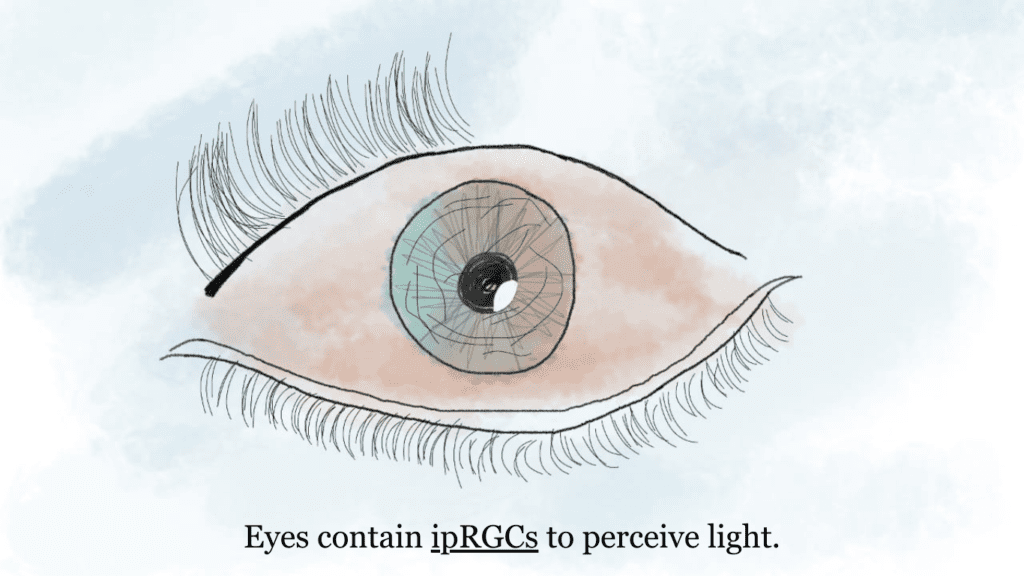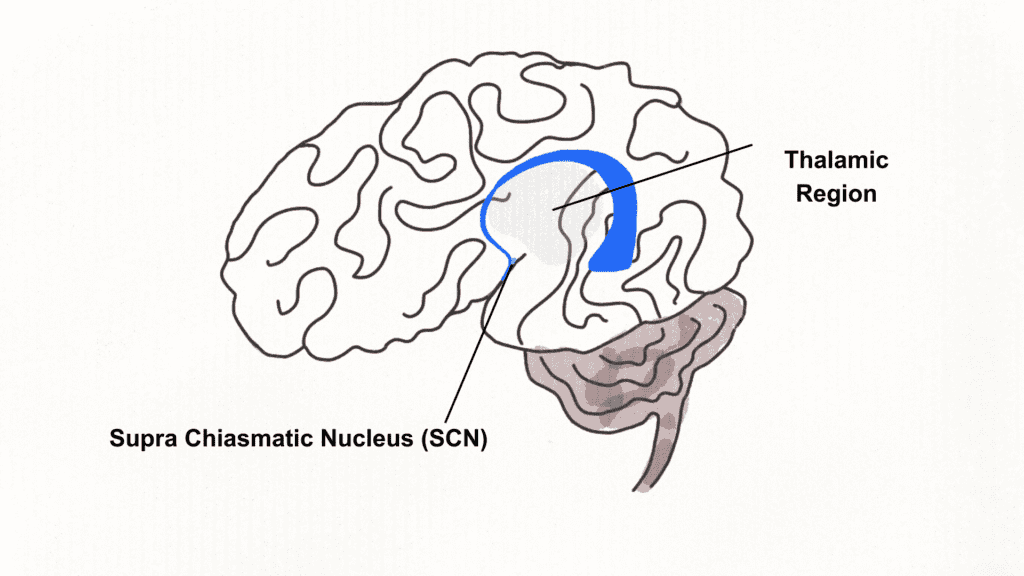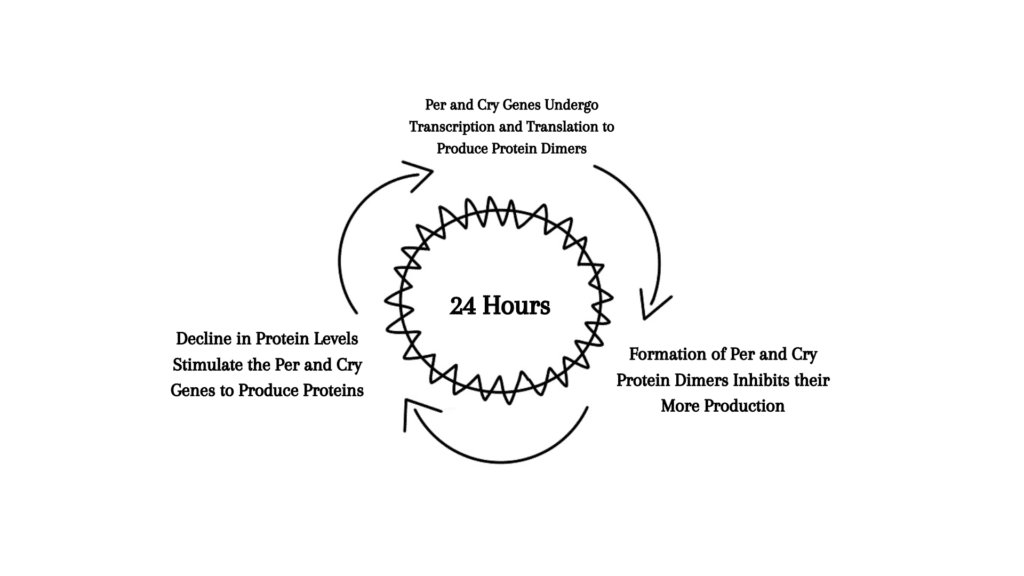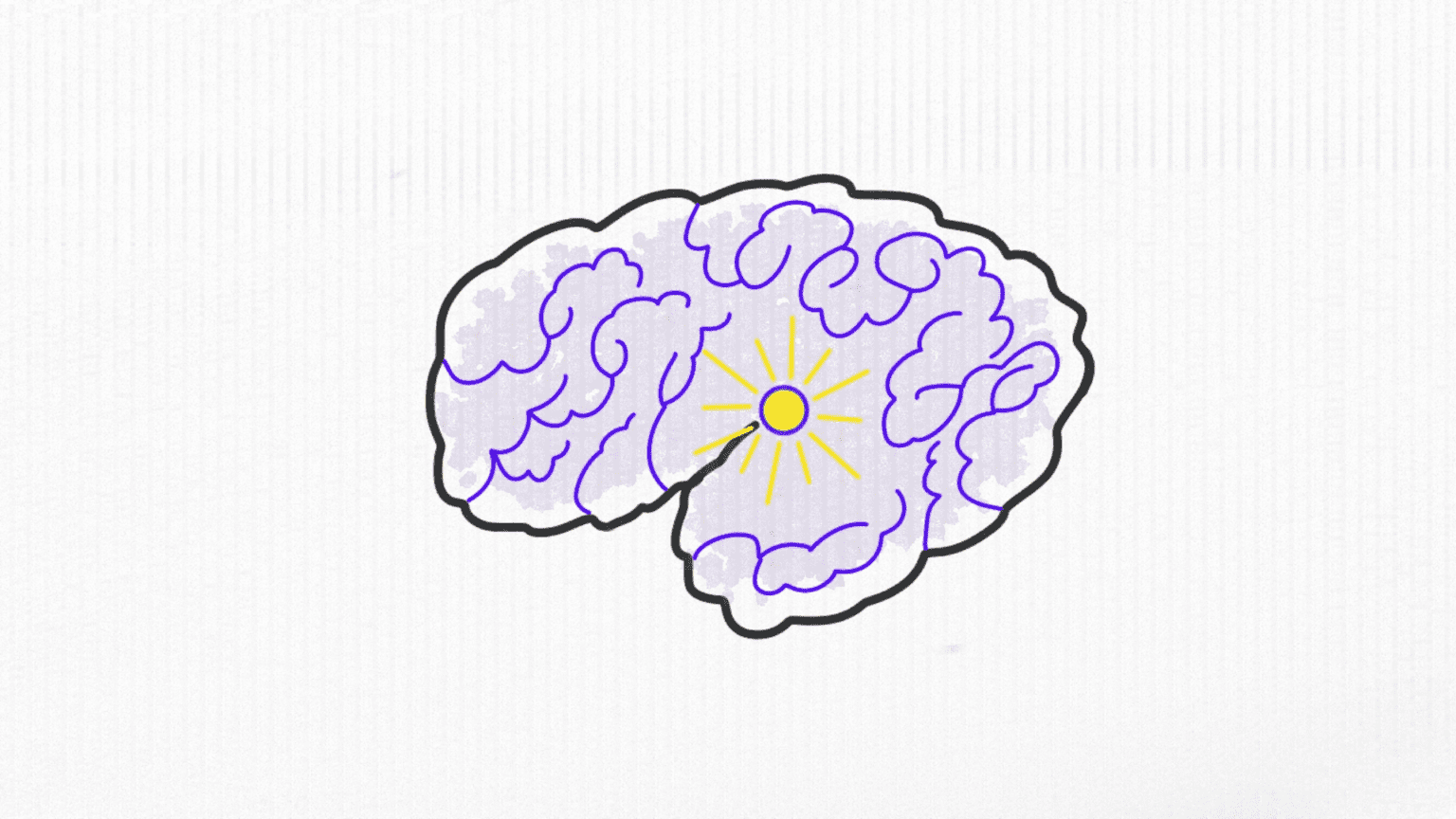Sunlight, directly or indirectly, controls many significant biological systems inside the body. Sunlight keeps the brain active by different mechanisms but all are related to the conception of sunlight. The spectrum of sunlight contains radiations, both from the invisible and visible spectrum of light. Sunlight has UV radiation, visible radiation, and infrared radiation. UV radiations have more energy than visible light radiations, while infrared are lower in energy. Receptors present in the eyes, brain, and the overall body perceive the presence of natural light. Sunlight influences the sleep-wake cycle in the brain, which in turn, affects the rhythmicity of physiological systems inside the body.
We experience optimistic and healing energy in the presence of sunlight. Sunlight has pure energy and when we surround ourselves in its presence, we feel that energy is making its way to us. It’s because of the generation of potential gradient for energy. Well, this concept needs more research to provide scientific data. Following are the scientific details of how sunlight keeps the brain active and awake during the daytime.
Sunlight Keeps The Brain Active By The Role of Photosensitive Receptors in The Eyes
The eyes have three main layers, the fibrous layer, the vascular layer, and the retina. The retina is the innermost layer of the eyes and is present at the back of the eyes. Light cells or photoreceptor cells are mainly present in the retina. There is a region in the retina, the macula. The macula is the dense central portion of the retina that contains a high density of photosensitive cells. Rods and cons are the most popular photosensitive that permit color differentiation and vision. But, the retina also contains some other photosensitive cells that are present in the dense or inner layers of the retina. Among these cells, intrinsically photoreceptive ganglion cells (ipRGCs) have the most prominent role in the detection of sunlight.

Blue Light Steals the Attraction
ipRGCs are the ganglion cells of the retina and are most responsive to blue light. Now, this is an interesting information. Sunlight keeps the brain active by perceiving the blue light from the sunlight’s vast spectrum. Why only the blue light has the central role in keeping the brain active? Well, this will include some physics. Blue light has the shortest wavelengths in the visible light spectrum. According to Plank-Einstein relation to quantum mechanics, energy and wavelength are inversely proportional to each other. In the light of this relation, blue light has the shortest wavelength and the highest energy in the visible light spectrum.
So, blue light contains the greatest number of photons (light particles) and has much more dominant effects on the molecular level of a biological system. As we move towards the longest wavelength region, such as towards the red light, energy density decreases. That is the reason, why blue light is energetic while red light can be energy-draining according to the concept of energy gradient in nature. ipRGCs contain a pigment, melanopsin. This is melanopsin which is receptive to the blue light. Sunlight keeps the brain active by integrating its blue light into the biological systems of mammals.
Sunlight Keeps The Brain Active by Activating Neurons in the SCN
ipRGCs have neural extensions to the SCN. The suprachiasmatic nucleus (SCN) is a brain region, consisting of a cluster of neurons that is eminent in regulating the wakefulness of an individual. ipRGCs send electrical signals (after the transduction of light signals into electrical signals) to the many brain regions that have roles in maintaining the wakefulness of the brain. Among these regions, the suprachiasmatic nucleus is prominent. Sunlight keeps the brain active by an indirect pathway of light signals to SCN and then to the pineal gland. The pineal gland in the brain produces melatonin.

SCN Influence on Melatonin and Serotonin Regulation
Melatonin helps the brain to reduce wakefulness and promotes the background mechanisms for sleeping. When SCN perceives electrical signals, it tells the pineal gland not to produce melatonin as it is in the daytime.
Reduction in melatonin secretion is the main phenomenon by which sunlight keeps the brain active during the daytime. Melatonin secretion is at its peak during the night or midnight hours. If a person does not expose himself to the sunlight for longer periods, this axis of wakefulness would be disturbed. Besides regulating melatonin secretion, SCN induces wakefulness by its active contribution to serotonin production and release. Nevertheless, its production takes place in the brain regions but the serotonin secretion needs appropriate stimuli. Serotonin enriches wakefulness with its mood-friendly effects.
Serotonin production occurs in the Raphe Nuclei of the brain. SCN projects its neural extensions to this region and thus contributes to the serotonin output. Although Raphe Nuclei are dense with serotonin-producing neurons, this is not the only region for serotonin yield. Many other brain regions have contributory roles in this framework, and SCN has neural projections in most of these regions. So, sunlight keeps the brain active and optimized at the same time.
Sunlight Keeps The Brain Active by The Oscillation Phenomenon of Clock Genes
The suprachiasmatic nucleus has two regions, the core and the shell. As the core has the neurons that regulate sleep-wake patterns, our main focus will be on the core region. The core region has clock genes i. e,. period (Per), cryptochrome (Cry). Besides per and cry, other clock genes are also present in this region, but to keep it simple, we will discuss the oscillatory phenomenon of per and cry genes. Per and cry genes are transcription factors that make the corresponding per and cry proteins. After the transcription and translation of per and cry genes, they form products in the form of dimers. These dimers (proteins) activate the negative feedback loop to the per and cry transcription factors.
Negative Feedback Loop Maintains the Oscillatory Phenomenon
A negative feedback loop inhibits the further transcription and translation of per and cry genes into proteins. As an outcome of this, the level of per and cry proteins begins to decline and it again stimulates the transcription factors to undergo translation. This process continues to repeat in regular Intervals in an oscillatory motion. Other clock genes also influence this oscillatory phenomenon of per and cry genes. It sets an internal biological clock within the suprachiasmatic nucleus. This oscillatory motion is another key by which sunlight keeps the brain active.
But, here, we didn’t discuss the role of sunlight. Ergo, sunlight influences this oscillatory motion. When the eyes perceive sunlight and transmit signals to the suprachiasmatic nucleus, it activates signaling proteins such as protein kinase and other signaling pathways inside the suprachiasmatic nucleus. The exact mechanism of how sunlight contributes to the oscillatory efficiency of per and cry genes is rather complex and has some loopholes. More scientific research is needed to provide more insights into how sunlight regulates this oscillatory phenomenon. But, for now, the sunlight-influenced oscillatory mechanism of per and cry keeps the brain and body patterns in rhythm.

Reference of a Scientific Research Results
For more insights, the oscillatory phenomenon is present everywhere in nature. In fact, harmonic oscillations are the key to stability and resonance. Similarly, the brain has an oscillatory phenomenon to synchronize the brain and body patterns with 24-hour rhythmic patterns. For more scientific findings, a study published by Samuel Mckenzie in medicalnews.net provides more information about the oscillatory phenomenon of per and cry genes to maintain the 24-hour rhythmicity pattern in the brain.



